How To Tap Birch Trees: Birch Syrup And Other Uses For Birch Sap
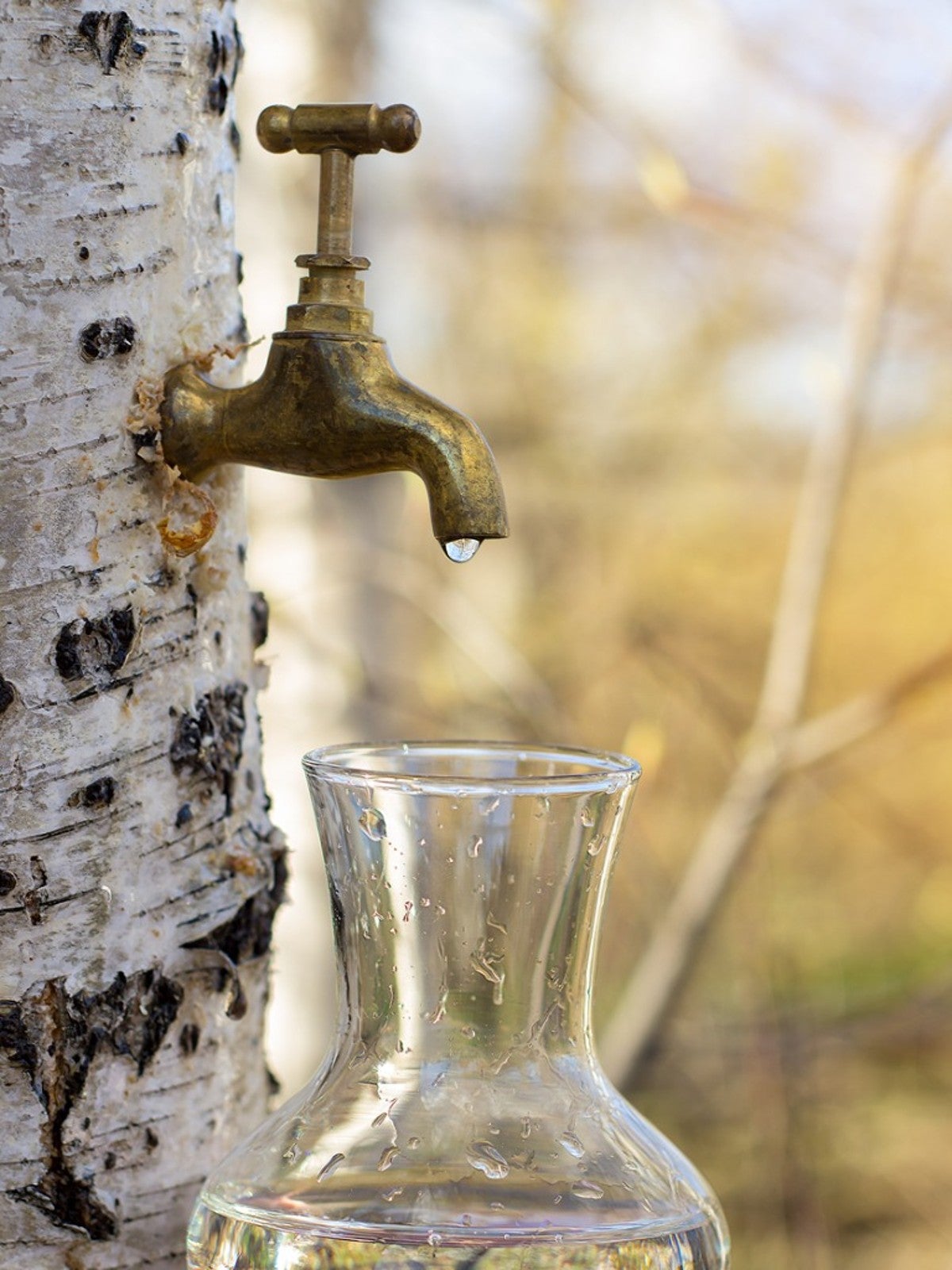

Most people have had or are familiar with maple syrup, the concentrated sap of maple trees, but did you know you can make birch syrup? Birch syrup can be made from paper birches and, while it takes some time, is surprisingly easy to do. Interested in how and when to tap birch trees for syrup? Read on to learn about birch sap harvest for syrup and other birch sap uses.
Birch Syrup Taste
Birches are hardwood trees commonly found in northern hardwood and boreal forests in areas of the northern hemisphere. The trees are tapped during the birch sap harvest, and then the sap is boiled to concentrate and caramelize the sugars. The result is delicious, albeit much different from maple syrup.
So how does birch syrup taste? The taste of birch syrup is described variously as reminiscent of raspberries, tart cherries, apple butter and molasses or as a combination of balsamic vinegar and molasses with a fruity nuance. Suffice it to say the consumer should not expect the sweet flavor of maple syrup, but something else entirely, with a unique flavor all its own.
Birch Sap Uses
Up until the end of the 19th century, a lack of food in the early spring called the “hunger gap” occurred in Europe. To fill the gap, northern Europeans drank the sweet sap of birches. The use of birch sap as a beverage was documented far earlier by the people of boreal and hemiboreal regions of the northern hemisphere as early as 921. (“Boreal” describes a region that has a northern temperate climate, with cold winters and warm summers.)
While birch sap is not high in vitamins, it is rich in minerals primarily calcium and potassium. It also contains antioxidants, sugar of course, vitamins C and B, and 17 amino acids; much more nutritious than plain water.
Birch sap is also used in cosmetics, wine, mead, vinegar, candy, birch beer and, of course, as syrup.
When to Tap Birch Trees
Birch sap harvest only occurs at the break between winter and spring when the sap begins to flow: just after the last frost but before the trees begin to leaf out. Birch sap harvest varies a bit depending upon location. In Eastern Europe, March is called “the month of sap” while in the more northern latitudes, April is when birch sap harvest begins.
Gardening tips, videos, info and more delivered right to your inbox!
Sign up for the Gardening Know How newsletter today and receive a free copy of our e-book "How to Grow Delicious Tomatoes".
How to Tap a Birch Tree for Syrup
Tapping a birch tree for syrup is a pretty simple process. Any birch tree can be tapped -- just remember that more sap will be needed to create the same amount as maple syrup since birch syrup is lower in sugar.
Drill a hole at an upward angle into the tree. The hole should be a half inch (1-2 cm.) to about 2 inches (2-6 cm.) in diameter, depending upon the thickness of the tree. The tree being tapped should be at least 10 inches (25 cm.) across. A single tree should yield around 1-2.5 gallons (5-10 L.) of sap per day.
Another way to tap a birch for syrup is to cut the end of a branch that is 2.5 inches (1 cm.) across. This method yields less sap but is less invasive. With either method be sure to seal the hole with wax or birch tar after tapping.

Teo Spengler is a master gardener and a docent at the San Francisco Botanical Garden, where she hosts public tours. She has studied horticulture and written about nature, trees, plants, and gardening for more than two decades. Her extended family includes some 30 houseplants and hundreds of outdoor plants, including 250 trees, which are her main passion. Spengler currently splits her life between San Francisco and the French Basque Country, though she was raised in Alaska, giving her experience of gardening in a range of climates.
-
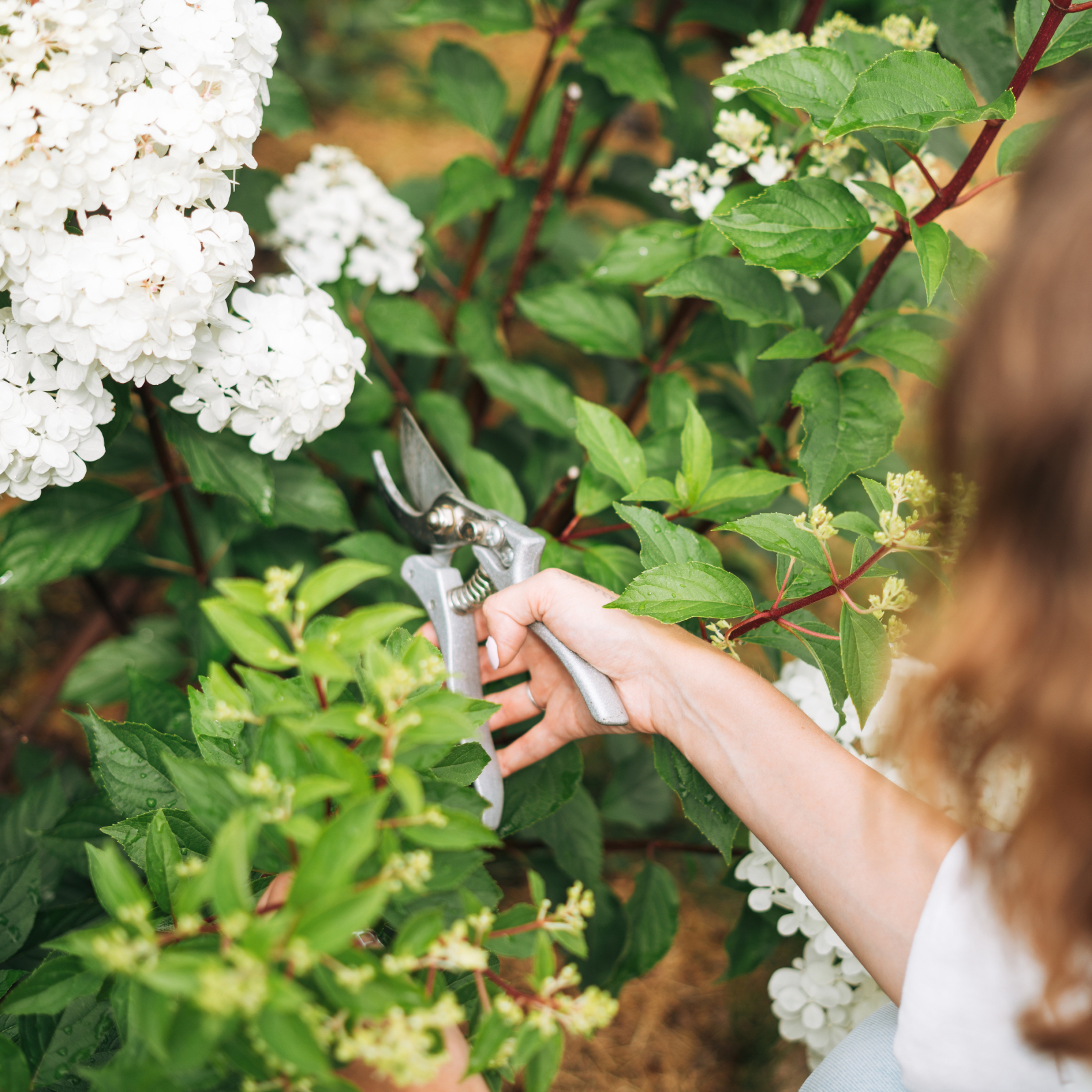 Pruning Limelight Hydrangea Bushes For Bigger Blooms & Stronger Plants
Pruning Limelight Hydrangea Bushes For Bigger Blooms & Stronger PlantsPruning 'Limelight' hydrangea will benefit the shrub. Flowers will be more bountiful the next year and branches will be stronger. Learn how and when to prune.
-
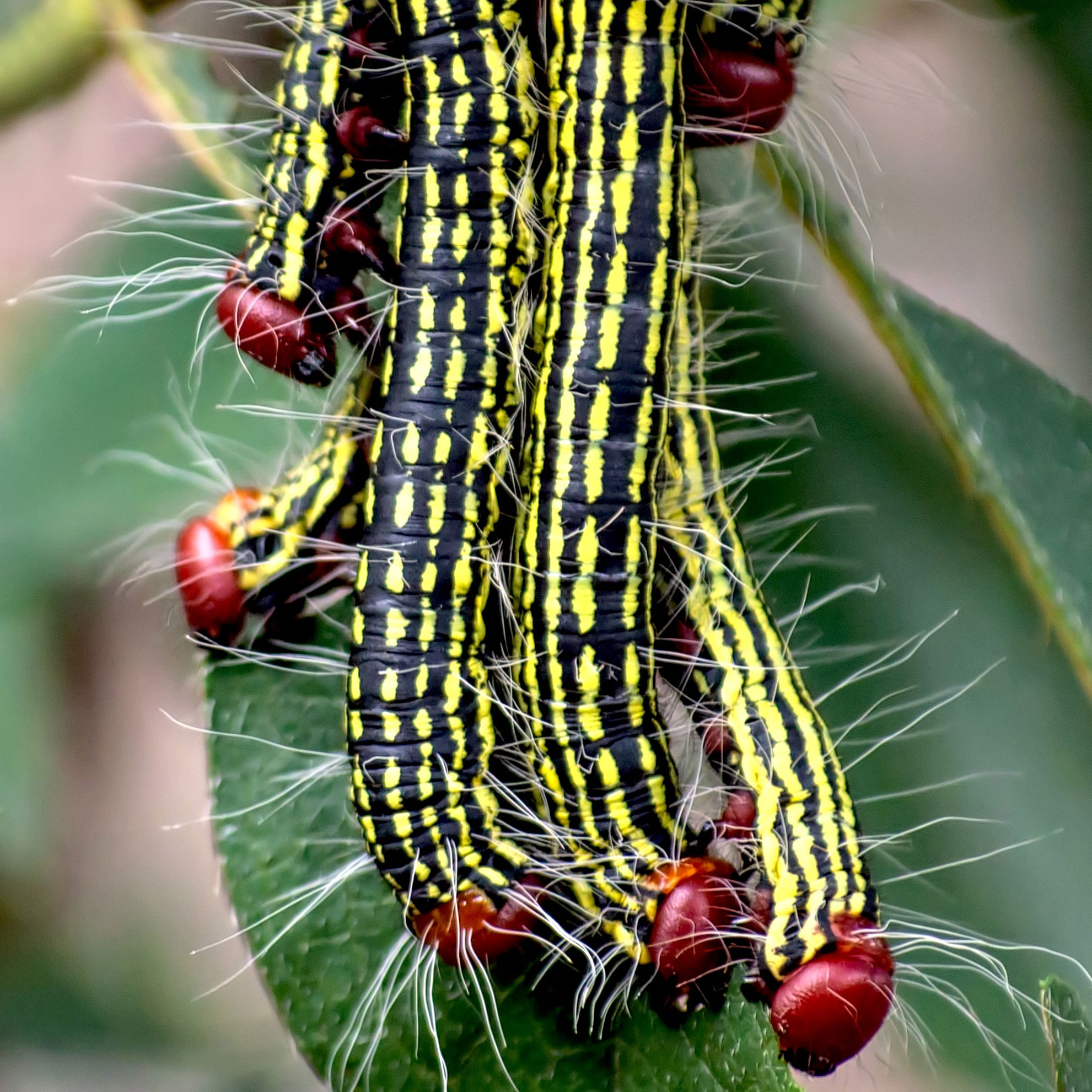 What’s Wrong With Your Azaleas? Identify, Tackle And Prevent 6 Common Azalea Pests
What’s Wrong With Your Azaleas? Identify, Tackle And Prevent 6 Common Azalea PestsIf you’ve spotted signs of azalea leaf damage, don’t panic – here’s how to identify the most common azalea pests so you can take action swiftly and keep plants healthy
-
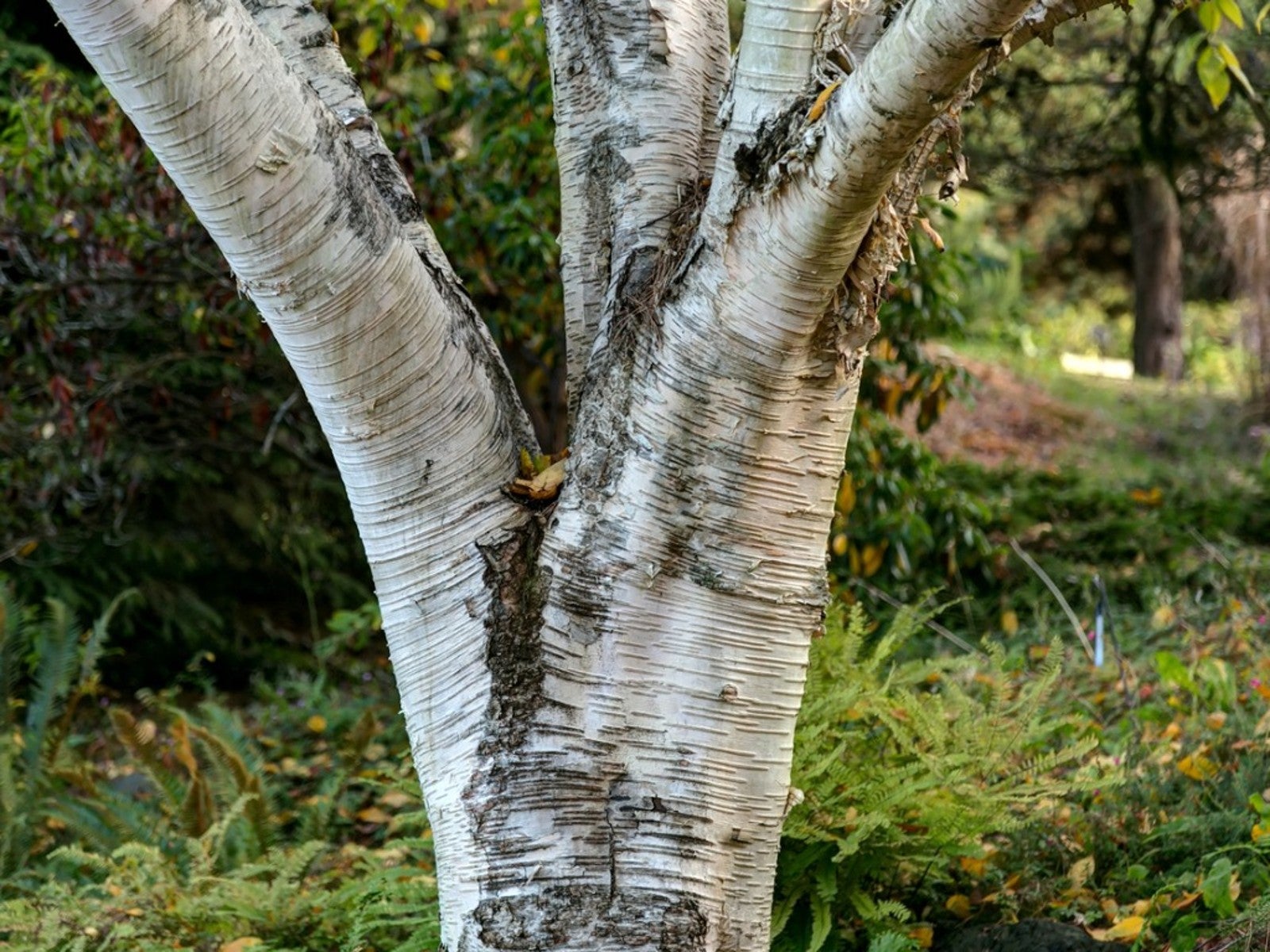 How To Grow A Himalayan Birch Tree
How To Grow A Himalayan Birch TreeBeautiful white barked Himalayan birch trees need a cool northern climate and prefer a winter blanket of snow. Learn more about them.
-
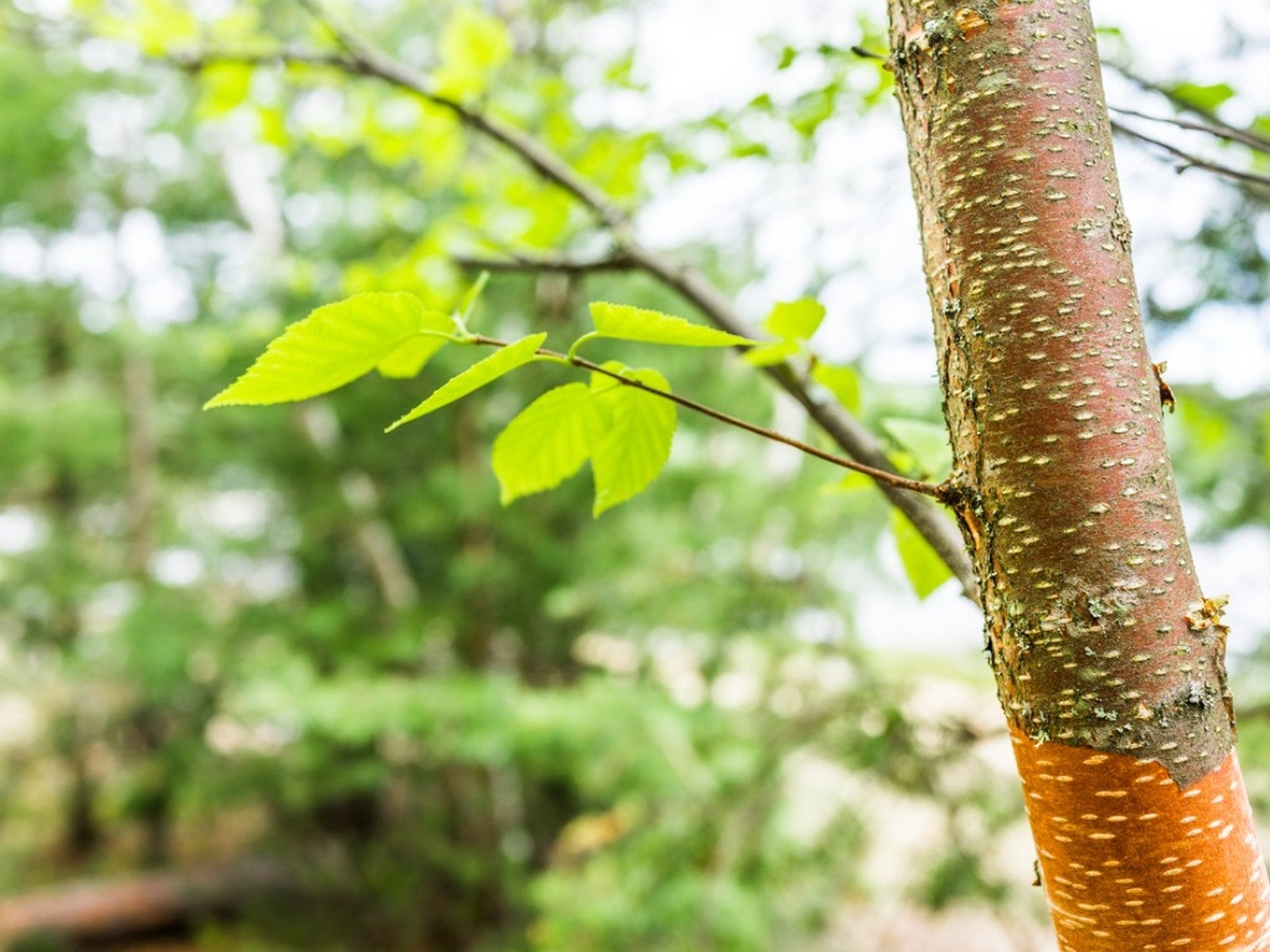 Water Birch Tree Care And Characteristics
Water Birch Tree Care And CharacteristicsEven if you aren’t familiar with water birch, you may guess that it tolerates wet soil. But there’s much more to know.
-
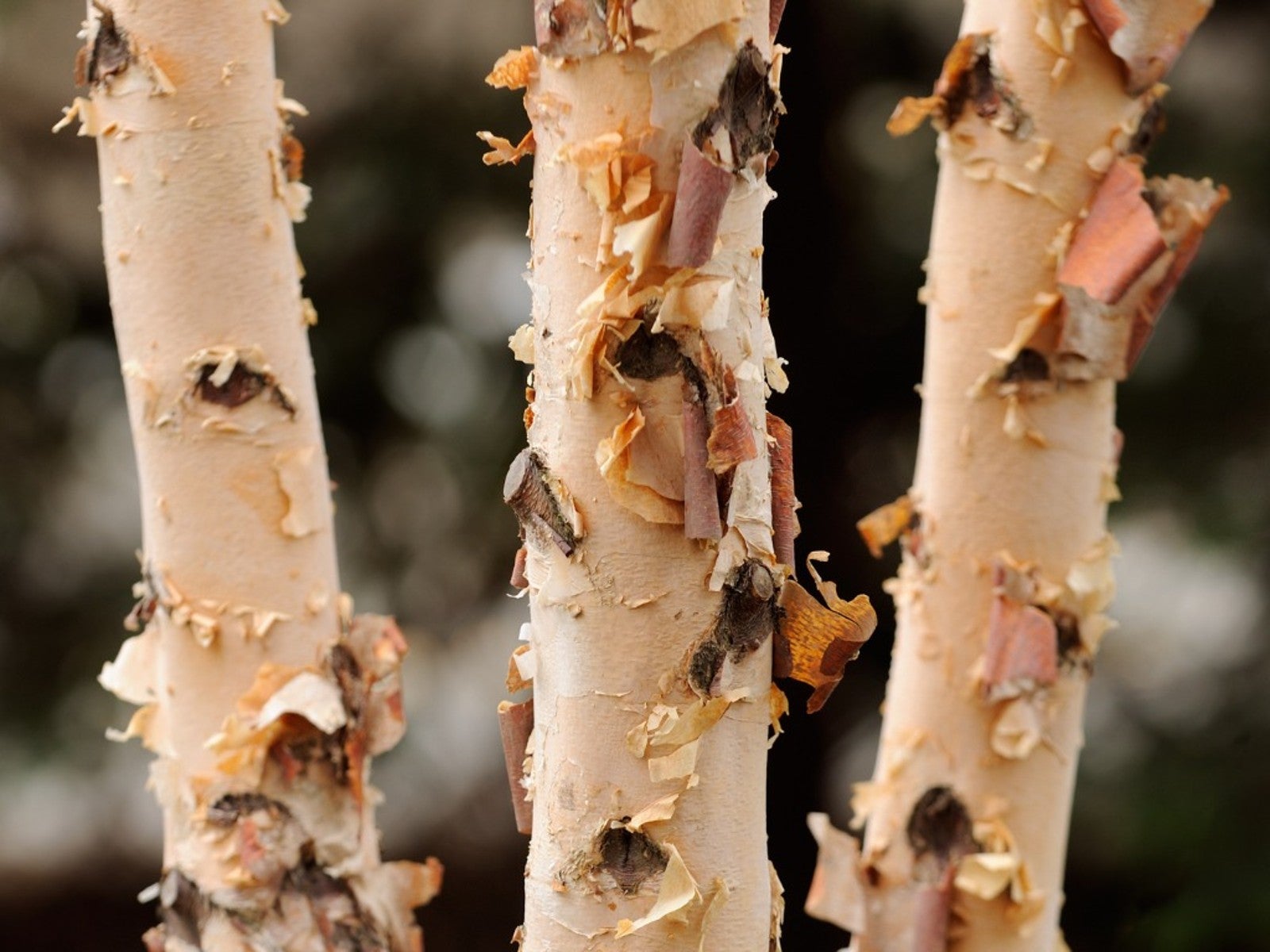 11 Types Of Birch Trees: Choosing A Birch Variety For Your Backyard
11 Types Of Birch Trees: Choosing A Birch Variety For Your BackyardSlender and graceful, birch trees are admired by many gardeners. If you are wondering about the different varieties of birch trees, read on.
-
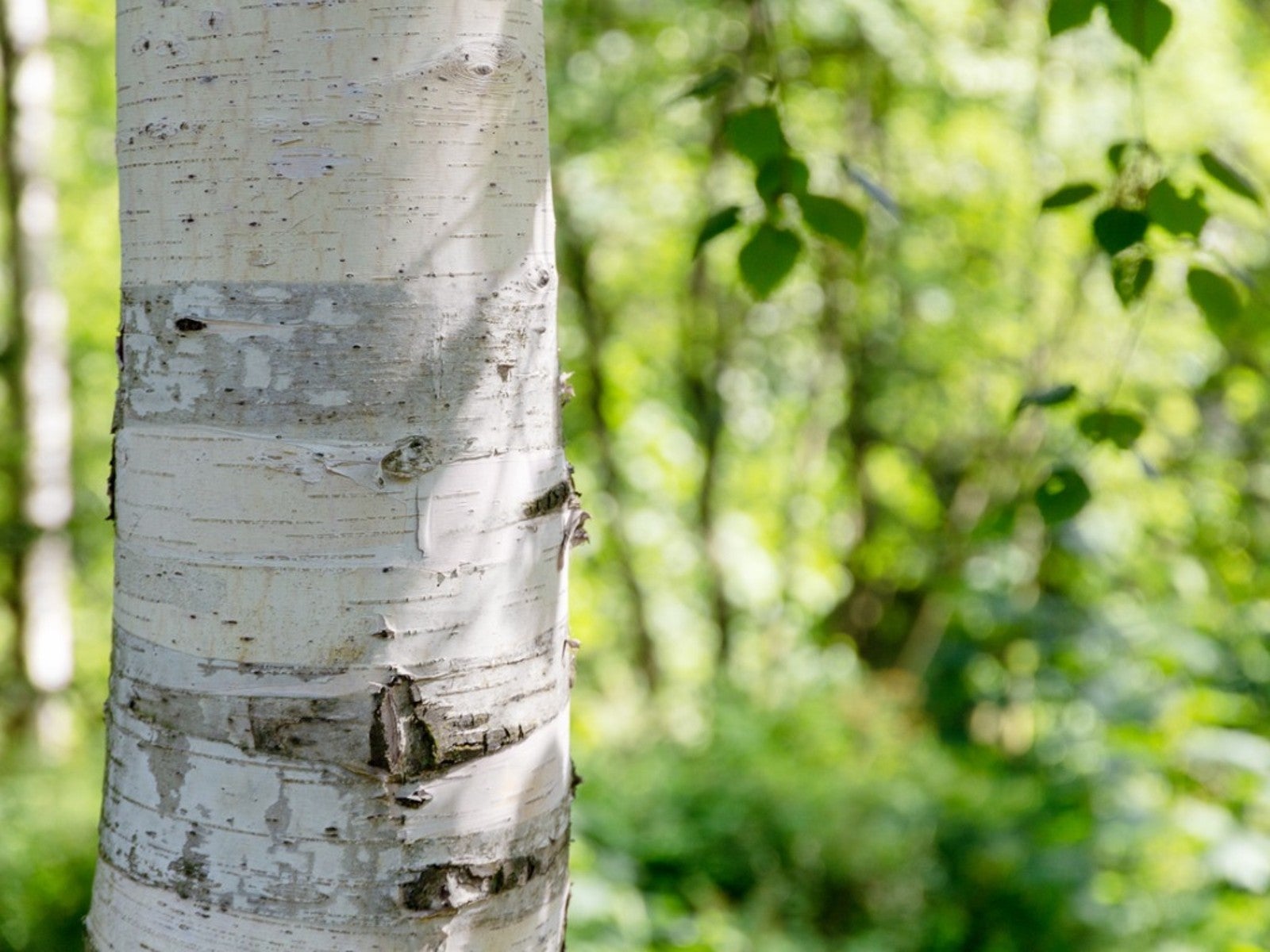 The Right Way To Peel Birch Bark - Sustainable Harvesting Tips And Techniques
The Right Way To Peel Birch Bark - Sustainable Harvesting Tips And TechniquesLearning more about paper birch bark can help gardeners and crafters to better understand the tree’s significance, as well as help to ensure that birch plantings within the home landscape are kept thriving.
-
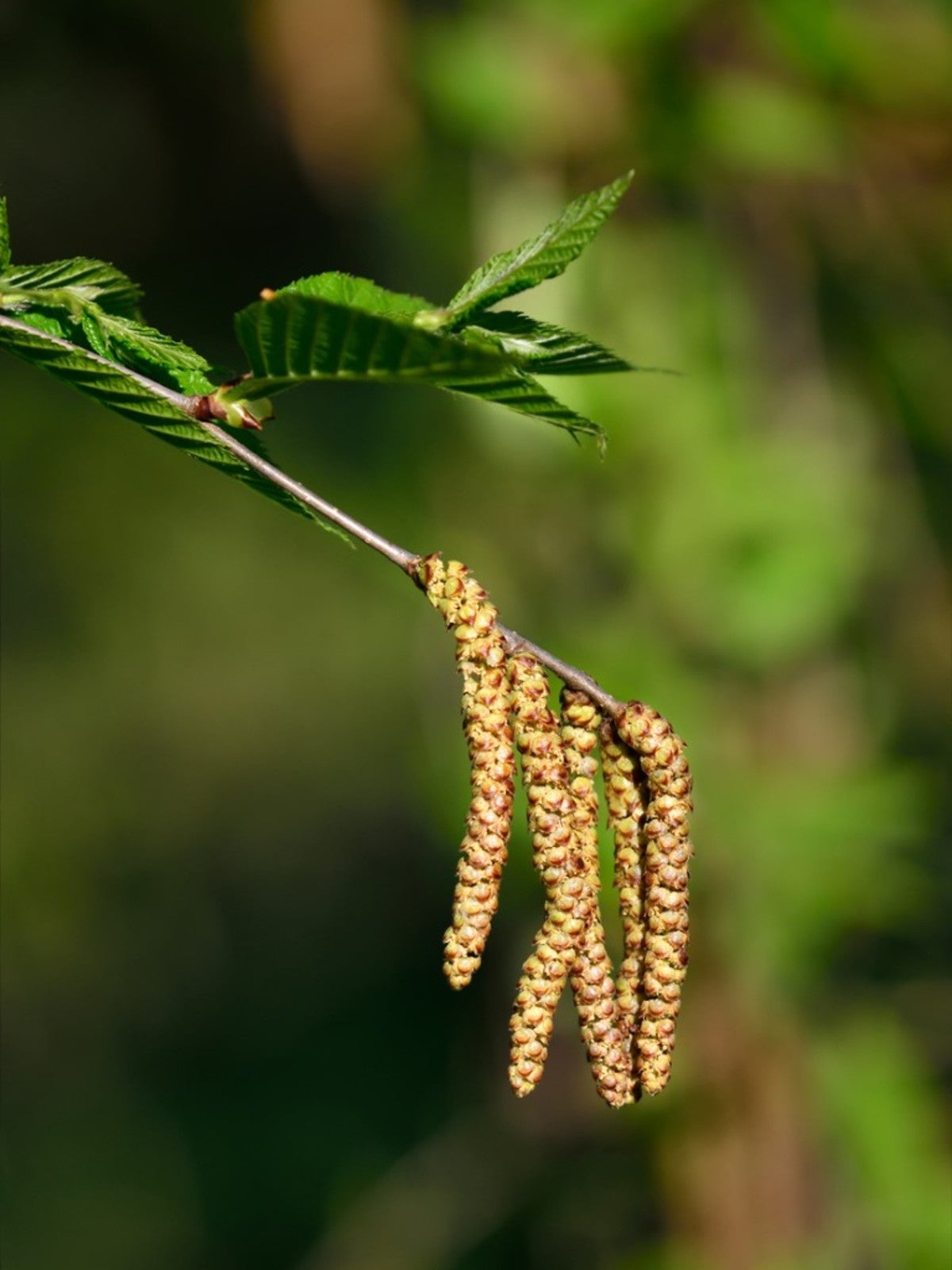 What Is A Sweet Birch – Learn About Sweet Birch Trees
What Is A Sweet Birch – Learn About Sweet Birch TreesIf you’d like to learn more about sweet birch trees, read on. We’ll give you sweet birch tree facts as well as growing information.
-
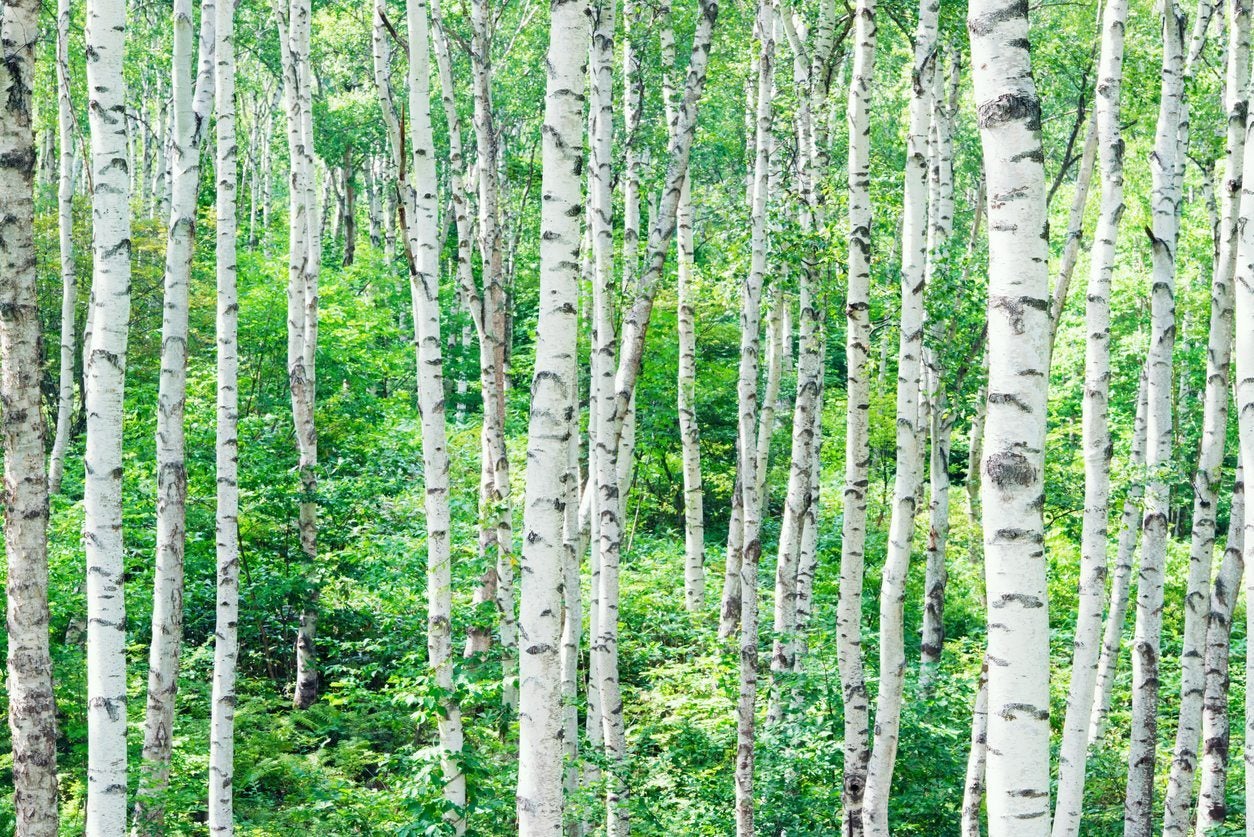 Birch Tree Lifespan: How Long Do Birch Trees Live
Birch Tree Lifespan: How Long Do Birch Trees LiveHow long do birch trees live? The birch tree lifespan depends upon where the tree is growing. For more information about factors that affect the life of a birch tree, click on the article that follows to learn more.
-
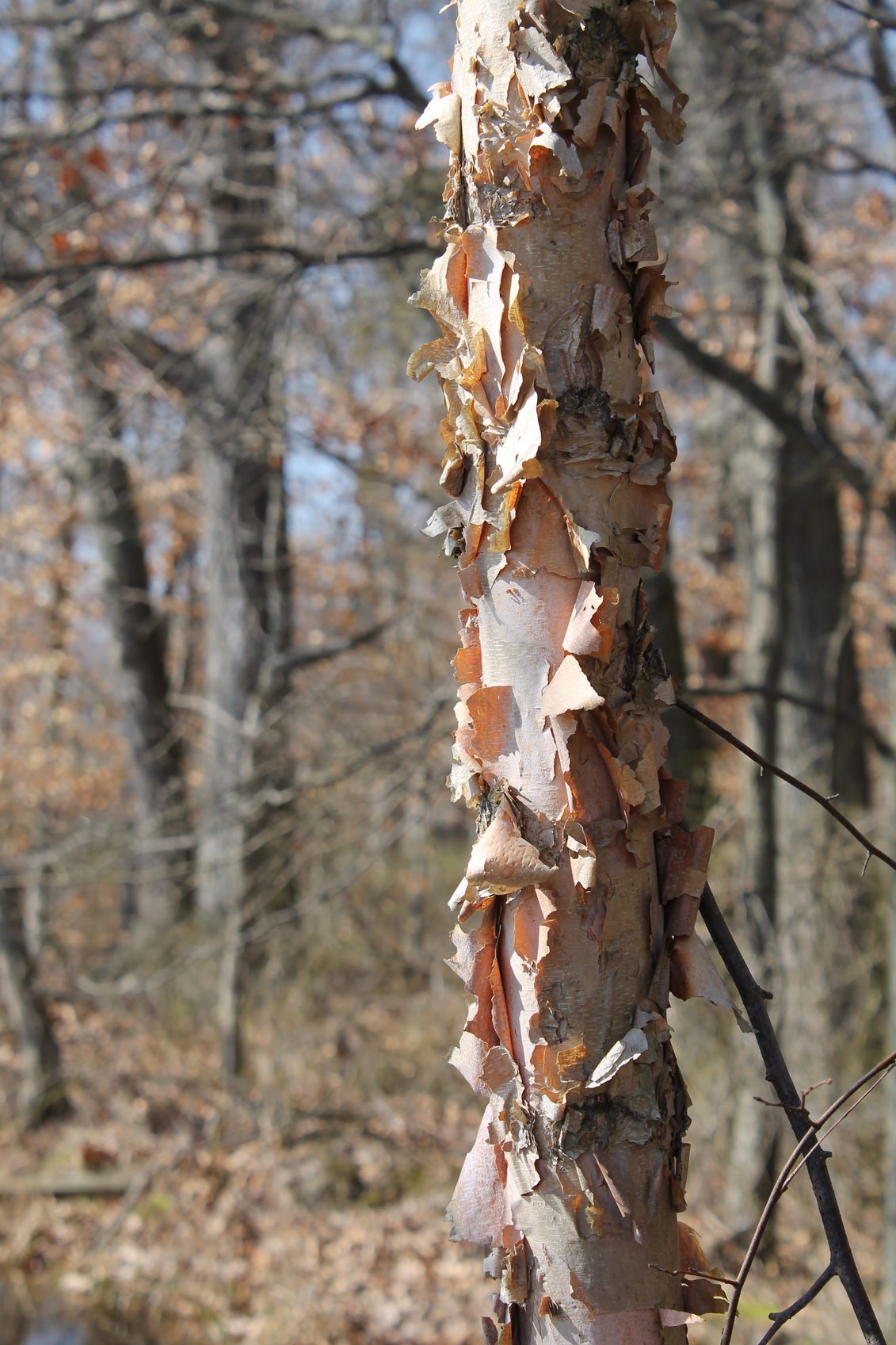 Planting A River Birch Tree: Tips On River Birch Tree Growing
Planting A River Birch Tree: Tips On River Birch Tree GrowingThe river birch is a popular tree for river banks and wet parts of the garden. Its attractive bark is especially striking in the winter when the rest of the tree is bare. Learn more river birch tree facts and how to use them in the landscape of your home right here.
-
 Cutting Back Birch Trees: How And When To Prune Birch Trees
Cutting Back Birch Trees: How And When To Prune Birch TreesBirch trees are highly desirable landscape trees because of their beautiful bark and graceful foliage. Unfortunately, they aren't known for their long lifespan. You can improve their chances by pruning birch trees properly, and this article will help.